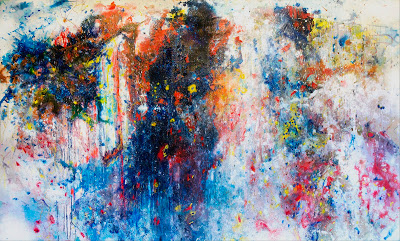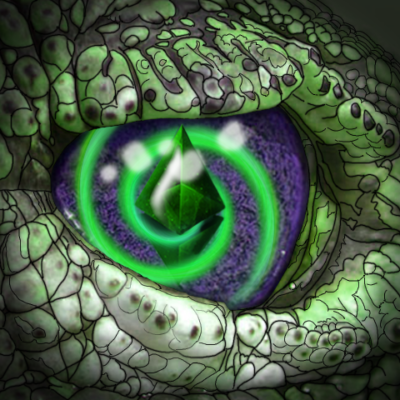The conversion of a palpable structure into a nonphysical concept such as this oil painting into this NFT requires several levels of translation—from mind to canvas to .jpeg to token—which present challenges of representation. For example, what might we consider the piece’s final form? Is it a painting hanging in Austin, Texas at a whopping 5 feet by 8 feet or is it a random hash of numbers and letters, a tiny line in the ether? Furthermore, what is its truest form? Truest in the sense that it best captures the creative intention of the artist. The token reduces the original to a virtual proxy in the form of a cipher. And in this way, tokenization perhaps optimizes the painting’s purpose. The artist, here speaking, intends for the physical work to function like a Rorschach Test. There is no meaning. It is a randomized series of shapes and color. Its intended purpose is to represent itself, an abstraction. So its translation into virtual code presents another layer of abstraction, albeit one with the logic of cryptography. In this way the tokenized form of the painting perhaps contains a generalized form truer to the intention of the artist. The tokenization abstracts the abstraction.
Collection: SuperRare






